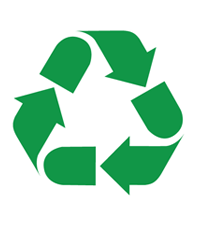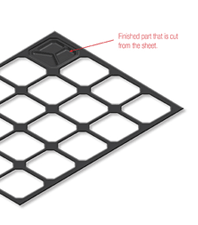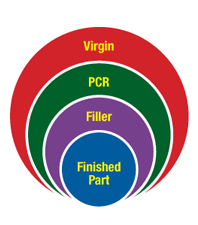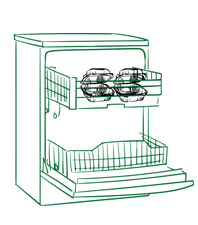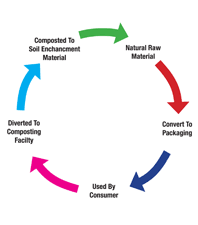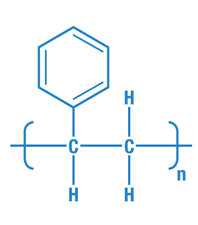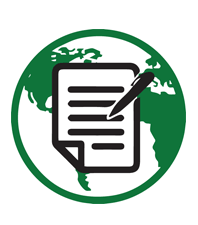
 The Federal Trade Commission defines post-consumer recycled content as materials that have been recovered or diverted from the municipal solid waste stream. A good example is that plastic water bottle you tossed into your curb-side recycle bin. Instead of that item going to a landfill, it goes to a recycling center where it is processed and reconstituted into an acceptable aftermarket material. That material is sold to converters (like Genpak) who turn it into usable products once again.
The Federal Trade Commission defines post-consumer recycled content as materials that have been recovered or diverted from the municipal solid waste stream. A good example is that plastic water bottle you tossed into your curb-side recycle bin. Instead of that item going to a landfill, it goes to a recycling center where it is processed and reconstituted into an acceptable aftermarket material. That material is sold to converters (like Genpak) who turn it into usable products once again.
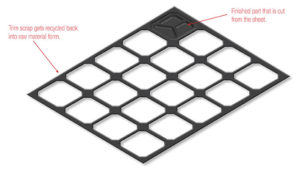 Genpak was one of the first companies back in 2007, to start utilizing post-consumer content in the production of our clear P.E.T. products. On average we use over 10.5 million pounds of post-consumer material per year. To put that into perspective, every ton of plastic recycled saves 16.3 barrels of oil! That means Genpak helps save over 85,000 barrels of oil annually.
Genpak was one of the first companies back in 2007, to start utilizing post-consumer content in the production of our clear P.E.T. products. On average we use over 10.5 million pounds of post-consumer material per year. To put that into perspective, every ton of plastic recycled saves 16.3 barrels of oil! That means Genpak helps save over 85,000 barrels of oil annually.
The following is a list of product lines that utilize post-consumer recycled content:
- Deli Containers
- Serving Bowls
- Hinged Bakery Containers
- Clear Drink Cups
- Supermarket Containers
There is another type of recycled content that is termed post-industrial. This is the practice of using your own internal scrap back into regular production. At Genpak, we have done this from the very beginning. It involves capturing the trim scrap as depicted in this graphic.
Please be aware though, that there are some unscrupulous companies out there following this practice and touting “recycled content” in their products. This is not allowed by the FTC since this material was never destined for the landfill, nor was it ever out in the consumer market. While it certainly makes very good business sense to re-use your own scrap, as we do, it does not make good business sense to try and spin it and deceive the public into thinking it is post-consumer recycled content. When in doubt, just ask if it is post-consumer recycled content.


